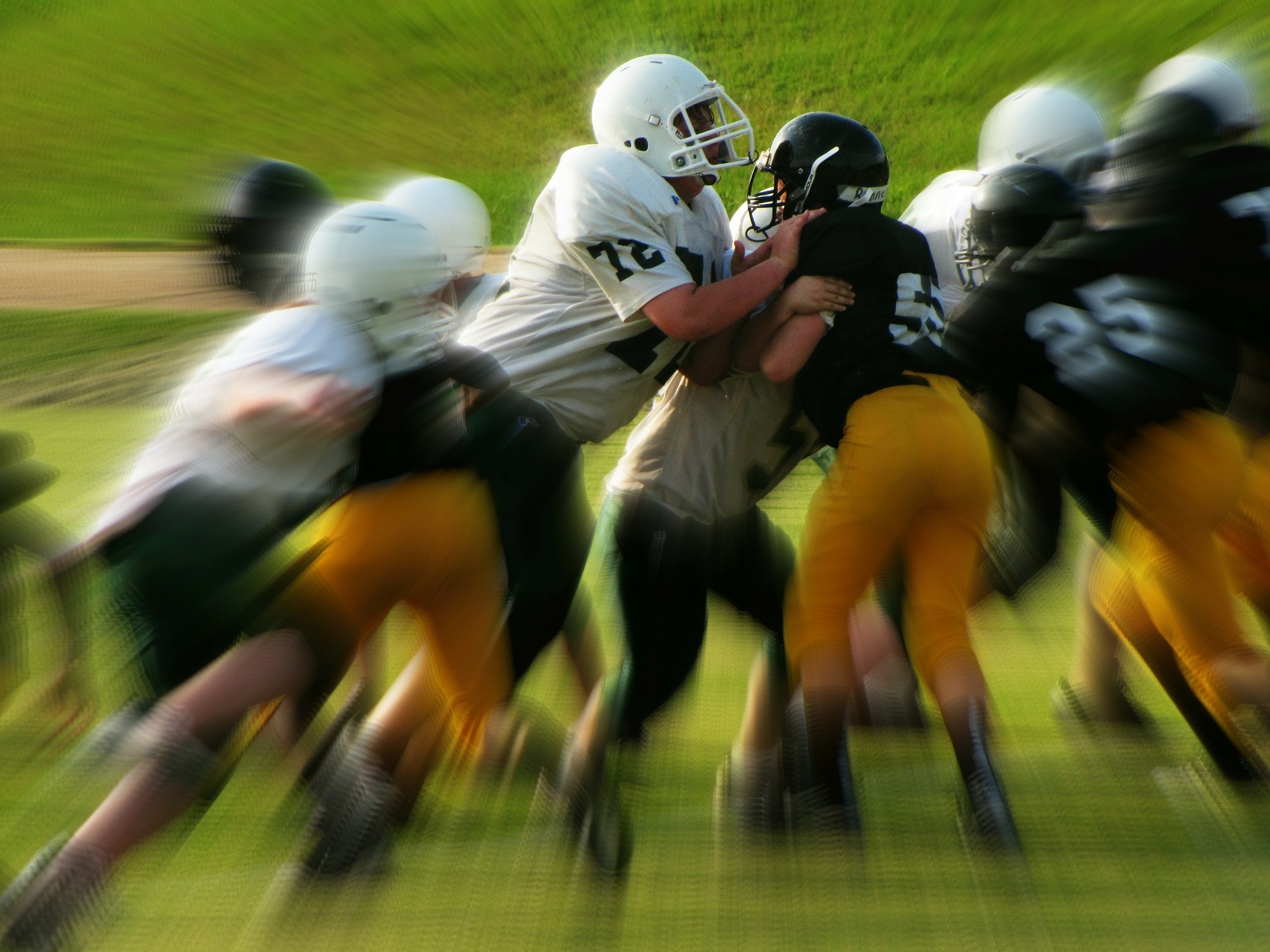
We all know it’s important to keep an eye on your athletes – whether you’re a coach, athletic trainer, or parent. However, how much should you be monitoring them?
As sports injuries among young athletes are on the rise, many people within the sports community are now looking for new ways of injury prevention. From parents’ well-founded and intentioned concerns to coaches’ winning instinct, there’s been an increase in conversation surround athlete monitoring.
Athlete monitoring includes means taking inventory of a player’s performance, training, and injury risk. An entire sports staff team should be looking at the entire journey of their players – from performance in training and competition to stress from inside and outside their sport. The purpose of monitoring an athlete is to ensure readiness – physically, mentally, and emotionally. However, it also ensures bearable stress levels as well as proper recovery to reduce injury risk. Understanding each athlete’s limits with load-performance as well as stress level is essential to understanding injury risk. Knowing injury risk means being able to develop a strong injury prevention program. Moreover, it means developing stronger, healthier, and higher performing athletes.
It takes a team to monitor young athletes and this team extends past the sports staff. Part of a well-rounded monitoring team includes coaches, athletic trainers, physical therapists, and personal trainers who can bring their knowledge, education, and expertise to monitor the health of the athlete. However, this team must also include the parents, teachers, and even the athlete themselves. Furthermore, keeping an eye on your young athlete should be more than watching them train and play.
Parents And Young Athletes
Parents may not have the knowledge and expertise to know when their child athlete is hurt. However, stress plays a major part in injury risk. The more stress an athlete is in, the higher the risk of injury. This stress can be from too much training and the effects of pressure from competition. However, it can also be school, peer pressure, and even home life. Parents often times have the fullest picture of their child athlete, albeit somewhat biased.
Parents have the benefit of knowing when their child is too stressed or pressured, and when they’re mentally and emotionally overtaxed. They know firsthand the emotional and silent cues that their child gives when they’ve had enough. Relaying these cues and having a discussion with the coach may be key in preventing not only injury but also emotional devastation from underperforming.
Coaches And Staff
The sports staff team is in a unique position to monitor athletes. Through knowledge, education, and experience, they know when a player has reached his or her limits. Many times, coaches and their staff will determine the training load before each season starts. They work to put together a plan that incorporates the right duration and intensity of each training session, practice, and game. They may even incorporate wearable technology.
Even apart from developing a well-rounded program for the season, it’s important that coaches and the staff get to know their athletes individually and even speak with the parents. Through doing this, they will be able to learn the mental and emotional cues of stress limits. With physiological monitoring as well as psychological monitoring, the sports staff team will be able to develop a program that keeps each athlete safe and lowers injury risk as much as possible.
Where Do Athletic Trainers Fit In?
Like coaches and other sports staff, athletic trainers have a unique role in monitoring athletes. They bring specific knowledge and expertise to an athlete’s physiological well-being. Athletic trainers also closely watch how athletes move, taking note of form and technique. They help coaches develop and implement a strong injury prevention program. Athletic trainers are an important part of school sports programs and overall injury prevention. While coaches and parents keep an eye on their athletes, athletic trainers are the third set of eyes that can help monitor and watch for injuries.


